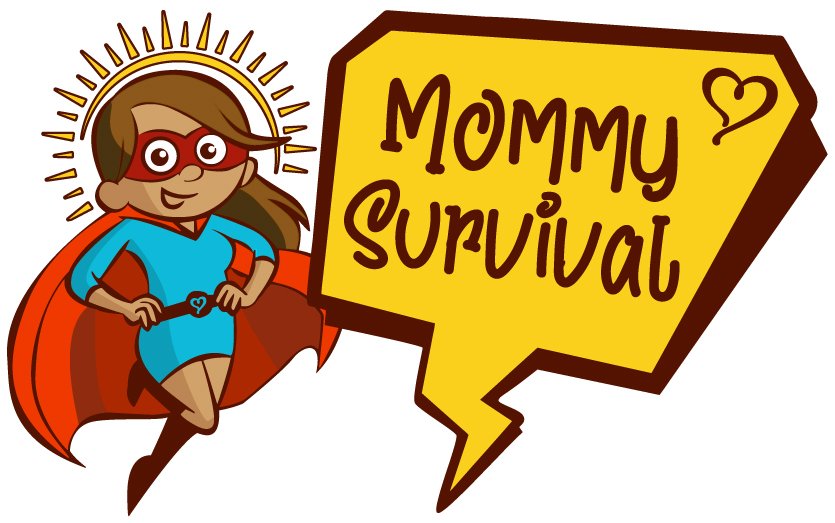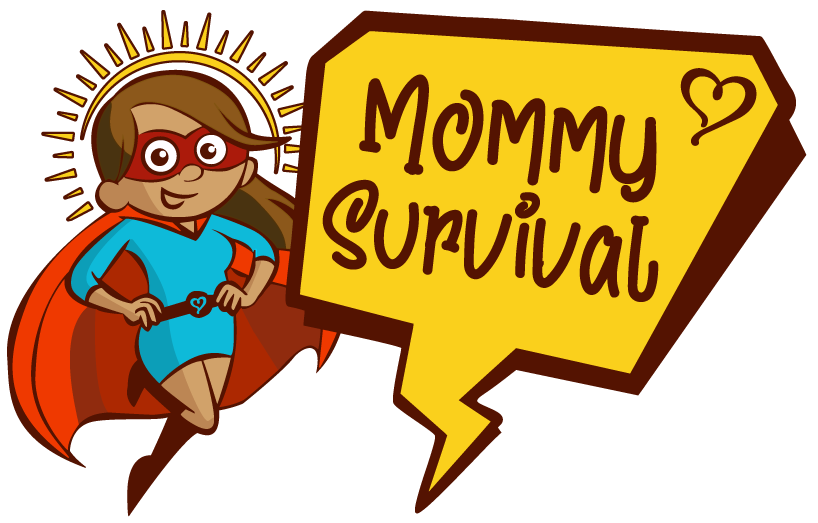
Teaching Your Kids The Difference Between Needs & Wants
Teach Them The Concept Early
It’s best to teach our children the difference between a need and want early on so our kids can grow up understanding the idea and feeling that smart purchasing decision is a healthy activity.
We do not want to surprise our children later when we finally choose to put our foot down and not let them spend money on their favorite nicknack from a vending machine.

Make Learning Fun
Making this a fun learning activity is going to save you a lot of headaches and fighting with your child. This will help your child understand that money has a cost and that it is limited so they can’t just spend whatever they want without running out. Learning this lesson at a young age is going to help them grow up practicing frugality and saving. So how does a super mommy teach your kids how to do this?
Play Games That Teach Concepts
Children as old as 4 years old can start understanding the concepts of needs versus wants. It’ll take a little bit of patience on our part, but we can create games that the children follow.
A simple way that we can start is by watching this YouTube video by: ASB
Ask your kids, “What does Larry need?” The answer is Larry needs water and his fishbowl so that he can live and breathe. Larry also needs food so that he can eat. We can ask about other things that Larry might want. Some of the things that Larry might wish for could include things like a fish castle, another fish friend, some sand at the bottom of the bowl, or some plant life to add character to his home. The video does an excellent job of explaining the concept of needs versus wants when it comes to goldfish.
Teach Anytime You Spend Money
We can play a game with her kids by writing down on a piece of paper a list of things that we would need to buy from the grocery store versus a list of things that we might want from the grocery store. Undoubtedly your children are going to mention things like fruits and vegetables as things that we need from a grocery store.
They might get a little bit confused when they start listing candies and soda as a need, and we tell them that those are wants. We need to remember that we are trying to create a learning experience and that some of our kids might feel passionate about wanting candy and it might take a little time for them to realize that it is only a want and not a need. We just need to do an excellent job at catching those mistakes and kindly correcting those for our kids. We can explain that sugary snacks are not needed because we can live without those. Other food is a need because we need nutrition to survive.

Teach By Example
Another strategy that you want to practice is to teach by example. Show your kids that when you go shopping, you get all the things that they need first and then afterward if there’s enough money and they’ve been good you can get a couple of things that they might want. The goal is to show them that you only get the things that you want after you get the things that you need.
Costly VS. Low-Cost Items
Another concept that we are going to want to help them understand the difference between is costly items verse low-cost items that do the same thing shoes are an excellent example of this. We can go and buy very expensive shoes, or we can get the same type of shoe for lower-cost.
Explaining to our kids that each shoe is going to be worn on our feet and be used to walk around. They both provide support and accomplish the task of protecting our feet. This will help them understand that the more expensive item doesn’t necessarily need to be purchased over the less expensive option. This can help them realize that buying the more costly option will actually take more money out of the budget, so you are not able to get all of the things you need and leaving no room for the things you want.
You can see this applied in grocery stores where you might see the generic brand of an item such as soup and then you’ll see the more expensive brand-name item for that same soup. Most of the time these type of soups are actually made by the same company in the same can but they only have a different label on them. So buying the least expensive soup is perfectly fine as long as you understand what the value is inside of the can.

We Have Different Needs
Another thing that we need to realize is that somebody else’s needs might not be the same as our own they might have different needs they might have different wants, and we can only guide them to that decision. With our children, it’s a little bit easier because they look up to us as all-knowing parents, but we might get a little bit better results if we show them the needs should come before the wants.
A Teaching Moment
At Halloween time when they go out and get a lot of candy from trick-or-treating. Your child might come home and ask to eat lots and lots of candy before supper, try giving them a choice. They can eat the candy first, or they can have their nutritious dinner first.
Most kids are going to get excited and chow down on the bag of candy. When they eat to much candy, they will most likely end up feeling sick. This will be a good learning experience for them as we can explain the benefits of eating healthy and taking care of our bodies needs before we gorge on our wants. As a bonus, the candy is going to last longer because it’s rationed out.
Have Your Child Tell You What We Need To Survive
A good list of things that a child might need would consist of shelter water, food, clothing, education maintaining their health, and family. Let them know that they are smart when they give a correct answer. Help them come to the right answer if they get it wrong the first time.
Healthy & Unhealthy Food
When it comes to food, this might be the more tricky one because there are good foods and bad foods. You can have fruits and vegetables as good foods you can have pizza and ice cream as bad foods. The trick is explaining why each is considered a good food or bad food that we really don’t need.

Birthdays, Holidays, Parties, & Special Occasions
Now when it comes to birthdays, holidays, and special occasions, it might seem that a lot of our needs are pushed aside for the things that we want. We just need to do an excellent job of at explaining why it’s okay for us to sometimes to be rewarded with things that we want but only after we take care of the things we need first.
Again making sure that all the things that we need are taken care of first is going to help our children learn good decision making.
Be A Good Teacher
Make sure that you lead by example. Don’t tell your children that they can only buy the things they need and then you are spend all of your money on the things that you want.
Our super kids will be watching, and I guarantee they’re going to hold it against you. They will use your example and an excuse to buy now and deal with the problems later. Besides, mommy does it. Our children look up to and emulate us as role models. Let’s help them grow into young adults that know the difference between needs and wants.
Another good YouTube video to help explain this concept is by: Learn With Mrs. B.
How About You?
What are some activities or advice you would give to other Mommies who are trying their best to survive? What has helped you thrive?


